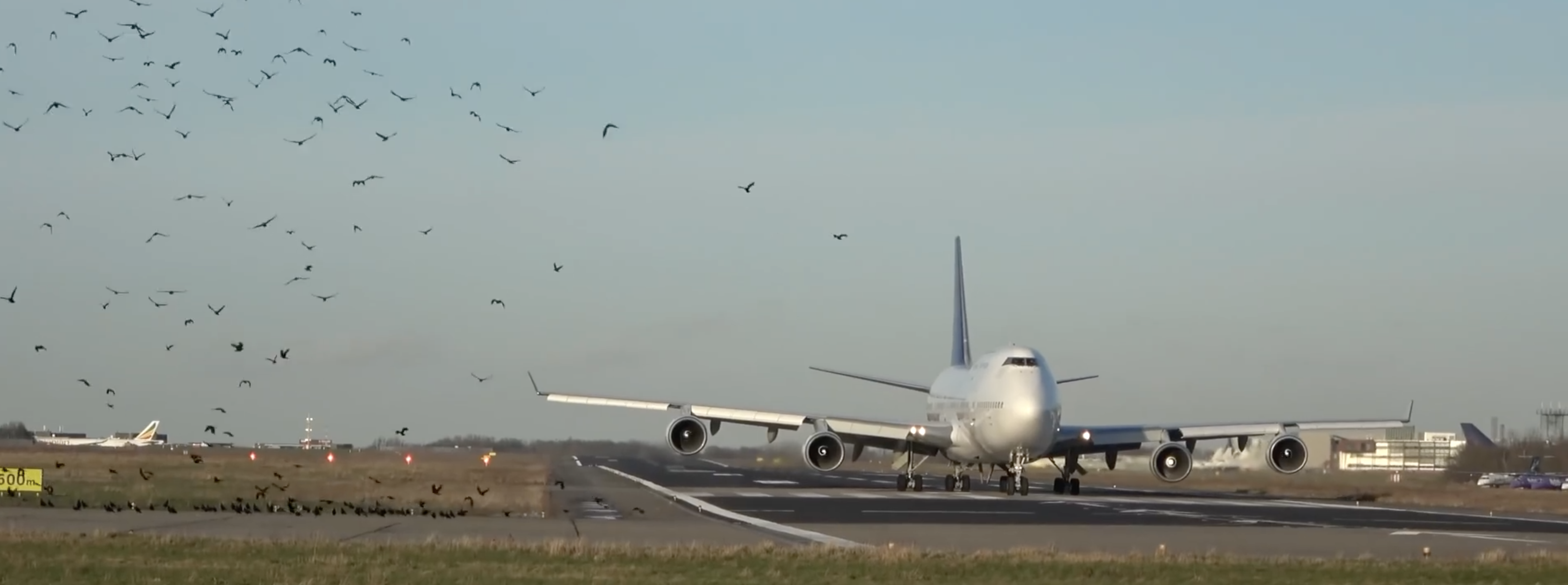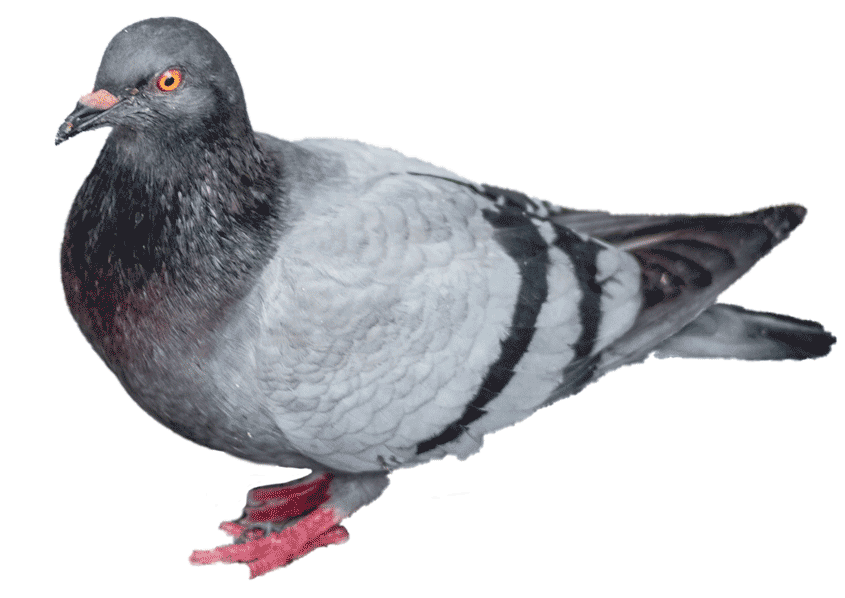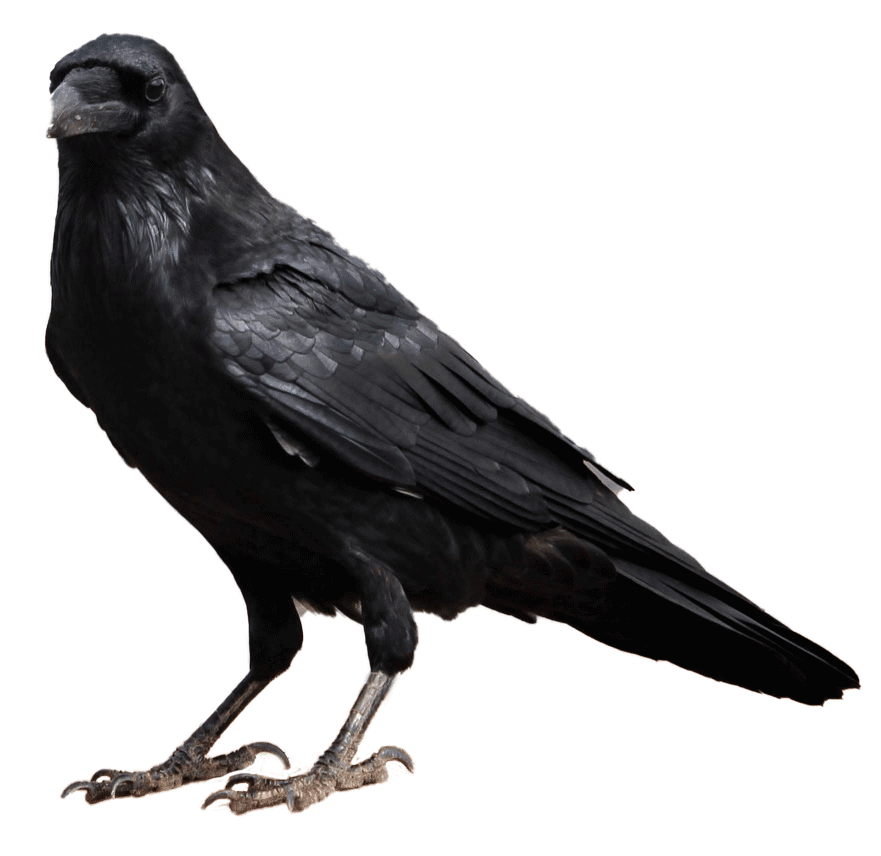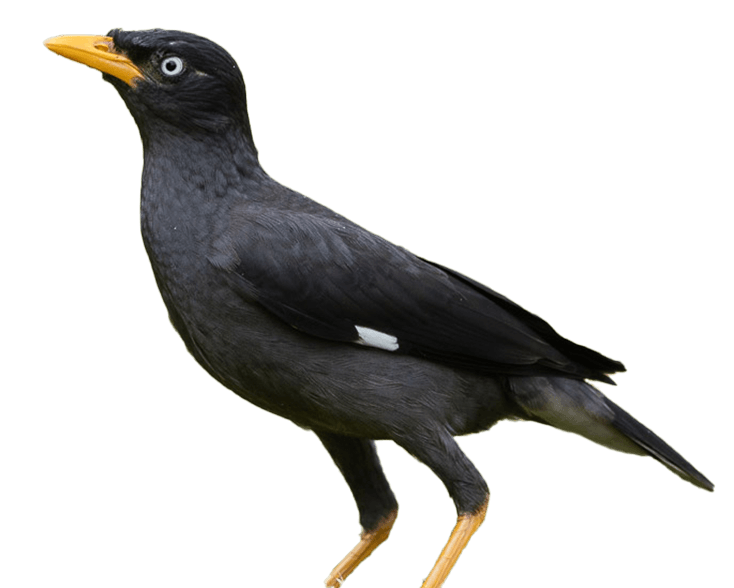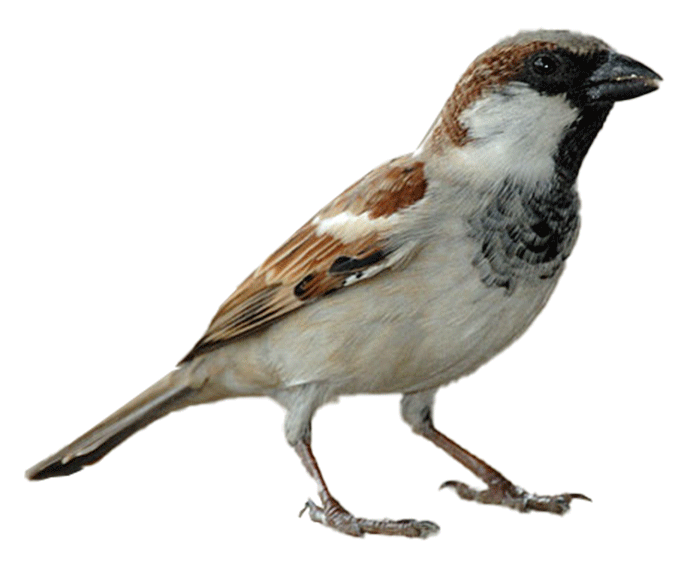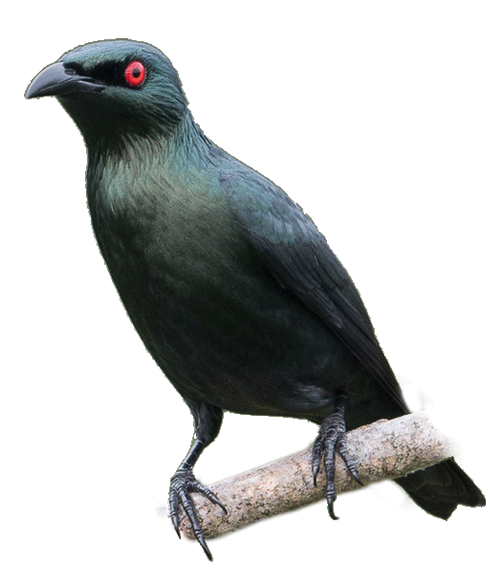aviation
Video from BOEING 747 vs. 200 BIRDS waiting at END of the RUNWAY (4K), 25 Feb 2022, Youtube, youtube.com/watch?v=4nWj9M42qms&t=79s
Find out more about our Airport Wildlife Training Courses here:
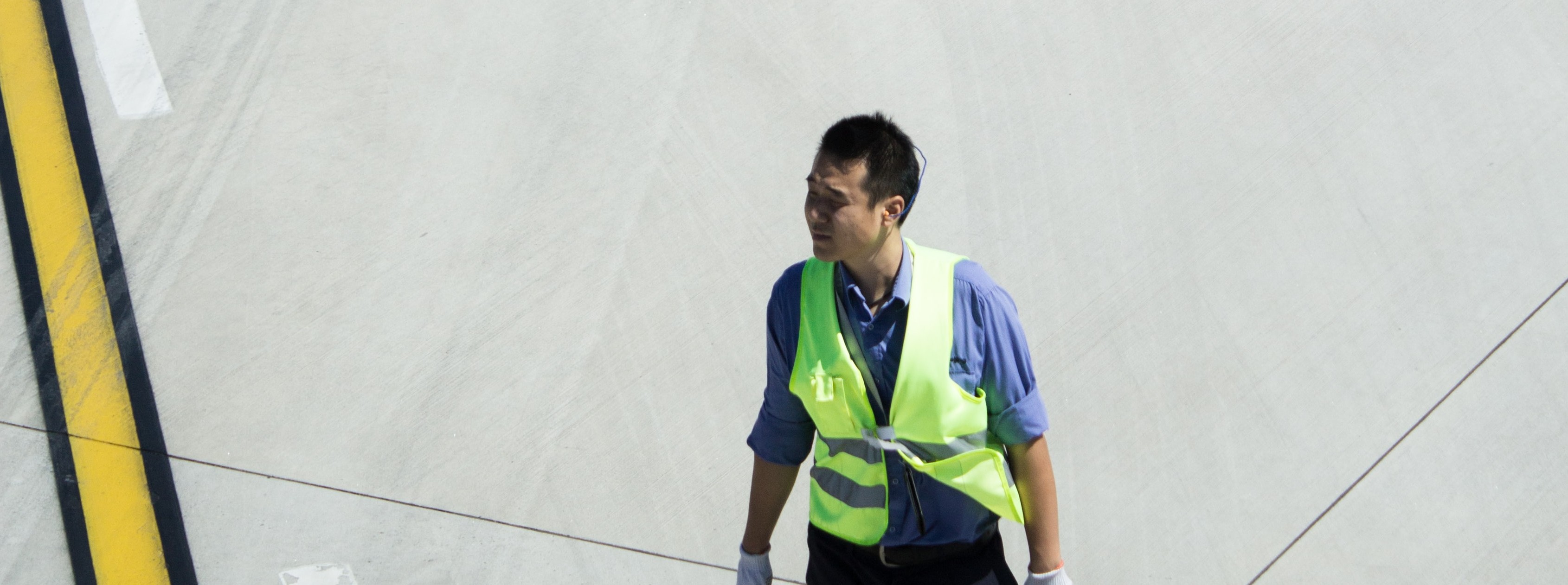
Photo by Emil Bruckner on Unsplash
AIRPORT WILDLIFE HAZARD MANAGEMENT
Let our team of wildlife biologists give you the best solutions for mitigating risks of wildlife strikes. We provide consulting and strategic project management to mitigate risks for wildlife strikes. From risk assessments, reducing bird strike occurrences, to wildlife hazard management training, Mastermark works with to ensure airport legislation and regulatory requirements are met for your aerodromes.
SERVICE OVERVIEW
BIRD AND WILDLIFE CONTROL
Devising solutions to prevent of wildlife and bird access into aerodrome runways and areas. These include netting, fencing or other exclusion methods.
WILDLIFE STRIKE MANAGEMENT
Assessing and managing wildlife strikes through management plans, consultancy and education.
RISK ASSESSMENT & MITIGATION
Includes netting, exclusion and prevention of wildlife and bird access to the aerodrome runways and areas.
ECOLOGICAL ASSESSMENTS
With the uprise of development, the need of shepherding wildlife into designated pockets of land has become a necessity. We've got the expertise to comb and guide wildlife away from development.
COMPLIANCE REVIEW
& ASSESSMENT
Includes netting, exclusion and prevention of wildlife and bird access to the aerodrome runways and areas.
OUR SERVICES
TAILORED AIRPORT WILDLIFE HAZARD MANAGEMENT PLANS
BIRD AND WILDLIFE CONTROL
BIRD STRIKE MANAGEMENT
WILDLIFE IDENTIFICATION
We customise strategic wildlife hazard management plans and training based on trusted frameworks; a crucial need to managing risk of wildlife strikes at aerodrome spaces.
Devising solutions to prevent wildlife and bird access into aerodrome runways and areas. These include netting, fencing or other exclusion methods.
Assessing and managing bird and wildlife strikes through management plans, consultancy and education.
Identifying carcasses and wildlife around the area is crucial to implement the right management solutions in order to prevent strikes.
STAKEHOLDER MANAGEMENT
AIRPORT CONSTRUCTION
HABITAT MANAGEMENT
COMPLIANCE REVIEW
& GAP ANALYSIS
Surrounding landscapes in or around airports may attract wildlife and birds to your runway. Mastermark reviews and proposes management solutions for stakeholders that utilise such areas.
Wildlife Hazard Management plans redesigned to include construction activities to ensure the safety of both workers and aviation operations
Creating a strategic modification and preservation of landscapes to deter wildlife presence, reducing the risk of bird strikes and promoting aviation safety
Appraisal of current Airport Wildlife Hazard Management Plans in accordance to ICAO standards.

Our Credentials
We have done consultancy work for Changi Airport Group, Paya Lebar Air Base, and other international airports such as Supadio Airport, Indonesia. We have been offering management and advisory to these airports, keeping their airports safe from wildlife and bird strikes.
Our Credentials
Mastermark stands as a trusted and renowned authority in wildlife hazard management and airport safety. With a distinguished legacy dating back to 1981, we bring over four decades of invaluable experience to the field. What truly sets us apart is our unwavering commitment to practical, results-driven solutions, grounded in years of hands-on experience in wildlife ground operations. Our credentials are further bolstered by being the principal wildlife consultant for Changi Airport Group; recognized as the world's best airport. This partnership reflects our commitment to providing top-tier wildlife hazard management services to clients who prioritize safety and excellence in their airport operations.
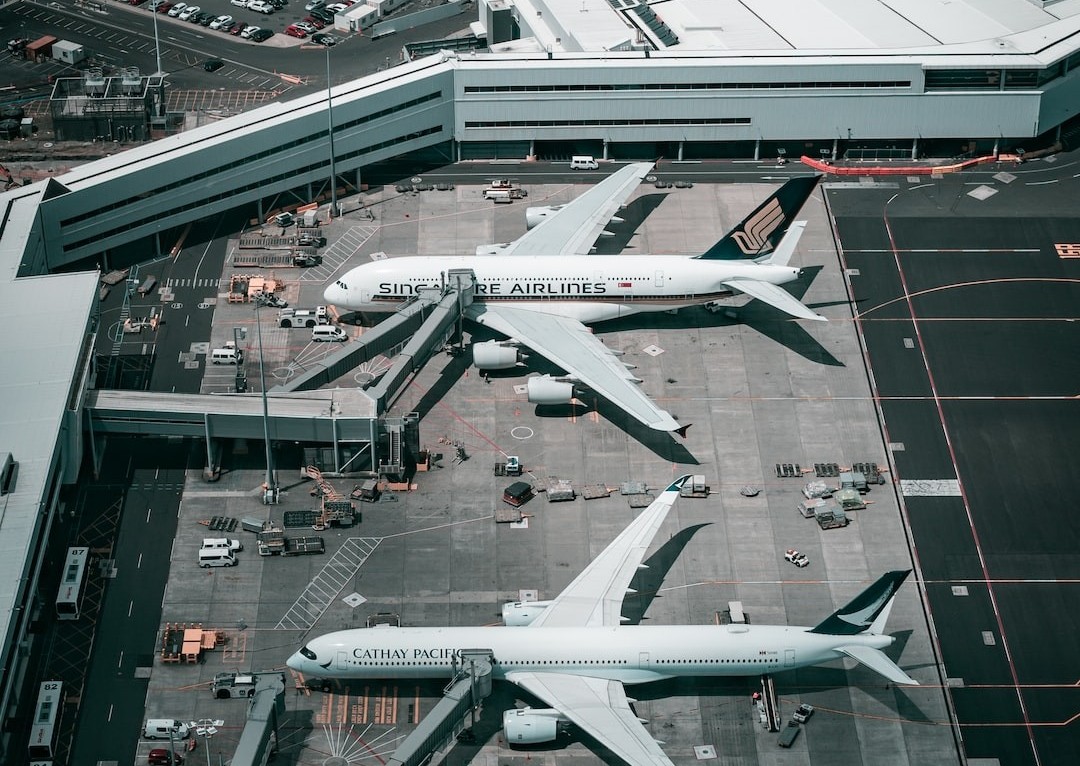
Photo by Douglas Bagg on Unsplash

